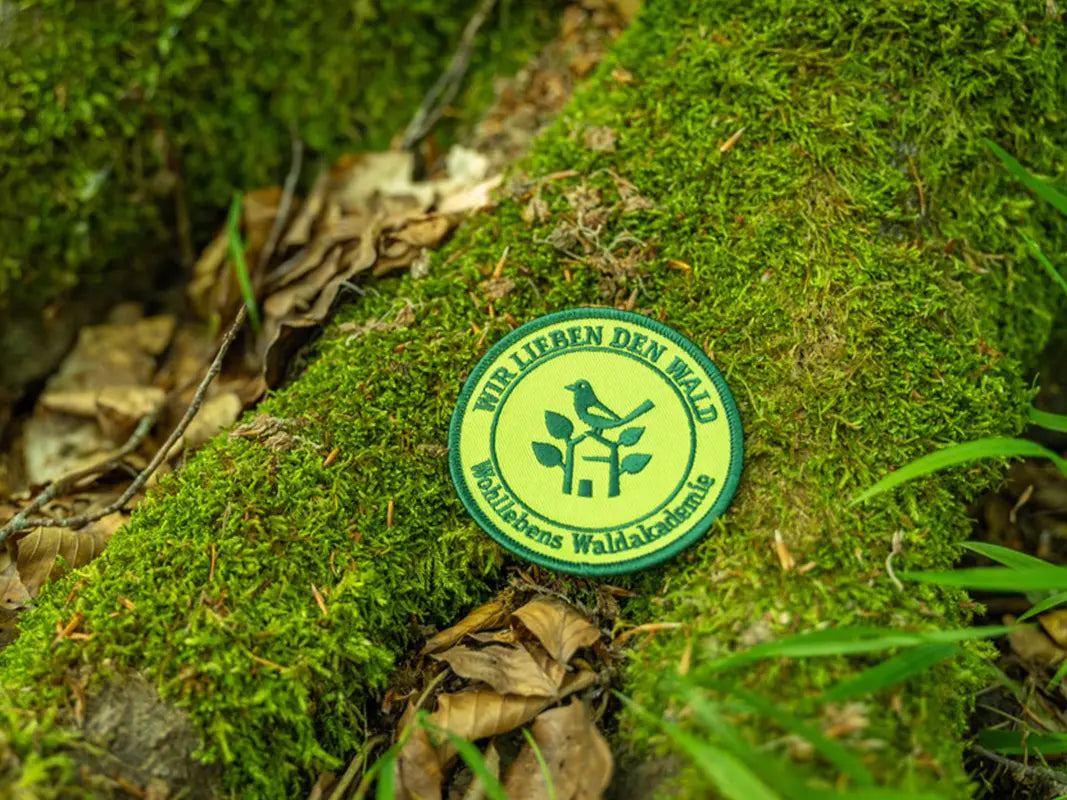Soil protection liming is still promoted as a means of combating soil acidification. However, this process does more harm than good – and this has long been known.
What is forest liming?
If forest soil becomes too acidic, it can irreversibly destroy soil structures and cause trees to die. Lime is used to neutralize the acid. In forest or soil protection liming, magnesium carbonate lime is spread over large areas, usually by helicopter.
Why do we lime forests?
In the 1980s, the consequences of acid rain, including from industrial emissions and car exhaust, were dramatic. The introduction of catalytic converters in vehicles and flue gas desulfurization in factories have since greatly reduced pollution. Nevertheless, forest liming is still a topic in forestry today and is even promoted.
The disadvantages of forest liming
Applying magnesium carbonate increases the soil's pH. This activates bacteria and fungi, which decompose the valuable humus—the soil's organic matter—more quickly. In the short term, this leads to a growth spurt because many nutrients are released. However, in the long term, the soil becomes impoverished because humus, a key source of water and nutrients, is lost. At the same time, carbon dioxide (CO2) is released, further accelerating climate change.
An old agricultural saying sums it up: “Lime makes rich fathers and poor sons.” The short-term benefits come at a high price and leave behind long-term damage – including in the forest.
Natural forests vs. forest liming
In addition to the problems mentioned above, there is another: some natural forest soils are naturally acidic, and the plants are specialized for them. If these soils are limed, the specialized plant species also disappear.
However, nature has its own mechanisms for regeneration: For example, the rowan tree can bring lime from deeper soil layers to the surface. These minerals are later returned to the cycle through leaf fall.
It's also clear that if you don't want acidic forest soil, you should avoid monocultures such as spruce and pine plantations. These conifers contribute to soil acidification with their acidic needles and leave behind litter that is sometimes difficult to decompose.
The switch to more natural forests is therefore a sensible, ecological solution, even when we talk about soil acidification – as is so often the case.






Leave a comment
All comments are moderated before being published.
This site is protected by hCaptcha and the hCaptcha Privacy Policy and Terms of Service apply.